Ángel Sánchez, occupational therapist with more than 15 years of experience, explains to us the motor learning in the rehabilitation process of acquired brain injury.
What is motor learning?
Motor learning has had different definitions over the past two decades. Motor control focuses on the understanding of the mastery of movement already acquired. On the other hand, motor learning is constituted by a set of abstract ideas about how it is acquired and/or modified. In this way, it offers a temporal perspective centered on the characteristics of the learning process. Motor learning seeks to answer questions such as notions related to how to structure treatments to maximize outcomes, stimulate the transfer of learning or the design of the essential activities of the rehabilitation process .
Similarly, it is important to distinguish two aspects related to the performance of motor actions:
- The process of a motor action, task or function, at a specific time and in a specific context, known as “motor execution or performance”.
- The notion of “motor learning”.
Complex interaction: perceptual, cognitive and action systems
Shumway-Cook and Woolacott define motor learning as “a set of processes associated with practice or experience that involves relatively permanent changes in the capability to produce a competent action”. Motor learning not only involves motor processes but the mechanisms for the development of new enabling strategies demand the complex interaction of perceptual, cognitive and action systems for the performance of activities of daily living.
Furthermore, the development of a new skill emerges from the relationship that the individual establishes with the activity that is being performed and the context in which it takes place. In this way the recovery of function or relearning require the search for new solutions related to a specific activity in a particular environment, taking into account the limitations imposed by the clinical characteristics presented by the individual. Hence, motor learning or the recovery of a function should not be studied without taking into account the context in which individuals develop practical solutions for functional activities in specific environments.
Learning complex skills
The learning of complex skills such as activities of daily living implies understanding processes that we currently do not know. Therefore, they are studied according to an organized concept that is established from the “basic” to the “complex” with respect to the behavioral skills that must be learned.
Factors that affect motor learning
There are four factors that affect motor learning:
- The phases of learning.
- The type of task being learned.
- Feedback.
- The characteristics of practice for learning.
All these factors must be considered when carrying out an intervention program. However, the characteristics of practice and feedback seem to be the determining factors for it to take place.
Maximizing motor learning
Research related to motor learning strives to determine the best way to organize practice in the clinical setting in order to maximize learning, considering aspects such as: practice intensity, rest periods, the order of movements and the skills trained, the conditions and design of the tasks presented and/or the amount of the task that is practiced.
Methodology of motor learning
The teaching mechanisms are essential to maximize outcomes of learning and must be adapted to individual needs, taking into account the characteristics of the person, of the activity to be trained and of the context where such training will take place. Thus, the type of information and verbal instruction, the use of modeling and shaping techniques and the individual’s prior experience are key factors to consider.
Verbal instructions
It is one of the most frequent and relevant ways to guide the learning process whose main contribution is usually related to generating a global idea or image of the movement that can serve as a guide for the first attempt. They emphasize the ability to recognize errors, guide the process and provide the necessary data for setting the goal, without forgetting that words cannot define the complexity of a movement through an instruction. Verbal supports are concise, short phrases that serve to direct the subject’s attention toward the regulatory conditions of the context and as key points of the components of the movement of the skills.
Metacognition
Knowledge about one’s own capabilities related to motor skills, as well as prior experience and being aware of certain important components of the activity before beginning to practice it influence motor learning.
Modeling
The demonstration of the motor skill in which subjects can directly observe the elements of the action gives greater effectiveness to the use of verbal instructions, which by themselves might not be effective for motor learning. Information related to motor sequences, spatial and temporal components of movement can be modeled especially if the spatial component is presented in a static and discrete manner.
We now know that observed information (modeled) contributes to the learning of the qualitative characteristics of the motor skill. This leads us to think that even highly detailed visual information can be learned through demonstration.
The benefit of observing a skillful demonstration is that the observer detects the characteristics that are constant in the movement pattern observed in the execution of the skill. Perhaps the most successful strategy in the use of modeling consists of combining the structured demonstration with the physical practice performed by the observer. This fact has the advantage of involving the subject more in the problem solving of learning.
The principles of structuring may have limitations. However, the combination of modeling and physical practice results in a better learning than simple prior observation of the physical practice of the motor skill.
Influence of prior experiences
The influence of prior experiences on the performance of an activity in a new context or on the learning of a new skill. Such influence could have:
- A beneficial effect (positive transfer). When prior experience facilitates the performance of a skill in a new context or the learning of a new skill.
- A harmful effect (negative transfer). The individual, due to this prior experience, has more difficulty learning a new skill or putting it into practice in a new context.
- It could also have no effect (neutral transfer) on the motor skill. The notion of transfer is fundamental because it attempts to explain the mechanisms underlying the learning and control of motor skills as well as the contextual variables effective for this process to take place.
The conditions for practice and the teaching methods of motor skills have a clear influence on the transfer of learning. Distributed, variable and random practice achieve better results in the retention of motor skills. Therefore, these would be recommended to stimulate the transfer of learning. Likewise, observational learning can stimulate transfer depending on the motor skill performed by the selected model. It may be novice (who is learning) or expert (who already has the knowledge).
The specificity of the effects presented seems to provide guidance for establishing the determinants of practice effectiveness when the conditions under which performance and transfer will take place are considered. However, attempting to anticipate these conditions and then classify the types of practice for these characteristics is very complex in real life.
Best practice conditions
The best practice conditions are those that require the subject to practice and learn the same processes that will be used in everyday life. Each skill or activity benefits from previous ones and will also benefit from future ones, following the rule from simple to complex when sequencing skills and activities. The teaching of motor skills includes practicing opportunities in contexts and situations that are simulated or those in which the subject will use the skills in their activities of daily living.
Before developing a rehabilitation program, one must consider the prior experiences of the motor skills that the individual has had. Thus, they are given an advantage with opportunities that allow them to benefit from experiences that promote positive transfers, and to be helped with the negative ones.
Motor learning should guide the clinical intervention for the rehabilitation of motor control. Feedback, the amount of practice and the design of sessions of rehabilitation are necessary factors to carry out this process.
Objective of practical sessions
The objective of practical sessions should consist of providing subjects with opportunities to develop the ability to perform activities that will require the use of the skills being trained and to acquire the action goals of those activities whenever they occur.
Practice conditions that encourage subjects to make errors (random) are beneficial to help them learn skills by maximizing their ability to perform them in a variety of contexts and situations.
When teaching a motor skill that requires the person to adapt to the conditions of their context or to situations they have not experienced, the design of practice conditions requires the person to perform the skills in as many different contexts, conditions and situations as are presented.
In the training of a motor skill that requires execution in a context where the regulatory conditions will not change (structured), the design of practice conditions will require the subject to perform the skills in a specific context. In this, they will be required to perform the skill, but it is also necessary to provide experiences when the nonregulatory conditions and the situations are changing.
Rehabilitation sessions for learning multiple skills or variations of them should provide opportunities to practice them all and to do so in a random manner.
Bibliography on motor learning
- Shumway-Cook A, Woollacott MH. Motor control: Translating research into clinical Practice. Philadelphia: Lippincott Williams & Wilkins; 2012.
- Magill RA. Motor learning and control. Concepts and Applications. Boston: Mcgraw-Hill; 2007.
- Sánchez-Cabeza A, Arana-Echevarría JL. Motor learning: theories and techniques. In: Cano de la Cuerda R and Collado Vázquez S, eds. Neurorehabilitation. Specific methods of assessment and treatment. Madrid: Médica Panamericana, 2012.
- Sánchez-Cabeza A. Occupational therapy for the rehabilitation of motor control. Activity-based treatments for patients with acquired brain injury. Saarbrücken (Germany): Editorial Académica Española; 2011.
Si te ha gustado esta entrada del terapeuta ocupacional Ángel Sánchez sobre el aprendizaje motor, puede que también estés interesado en otras de sus publicaciones en NeuronUP:
“This article has been translated. Link to the original article in Spanish:”
El aprendizaje motor: qué es, factores, metodología y objetivo
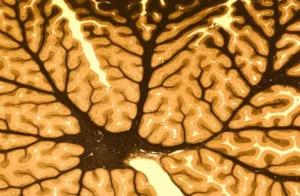
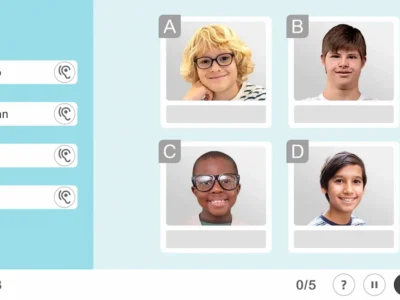
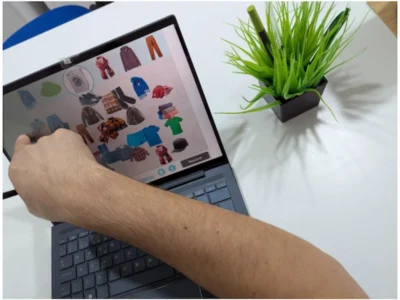
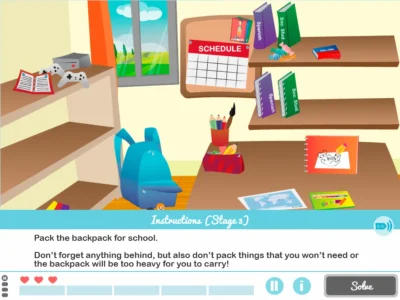
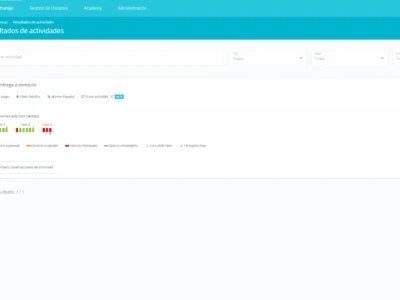
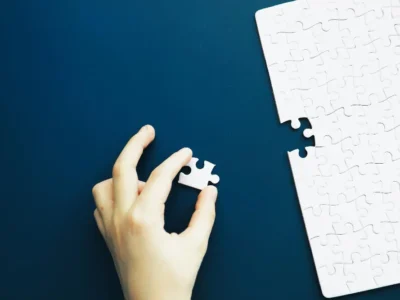
 NeuronUP from the perspective of users with brain injury
NeuronUP from the perspective of users with brain injury
Leave a Reply